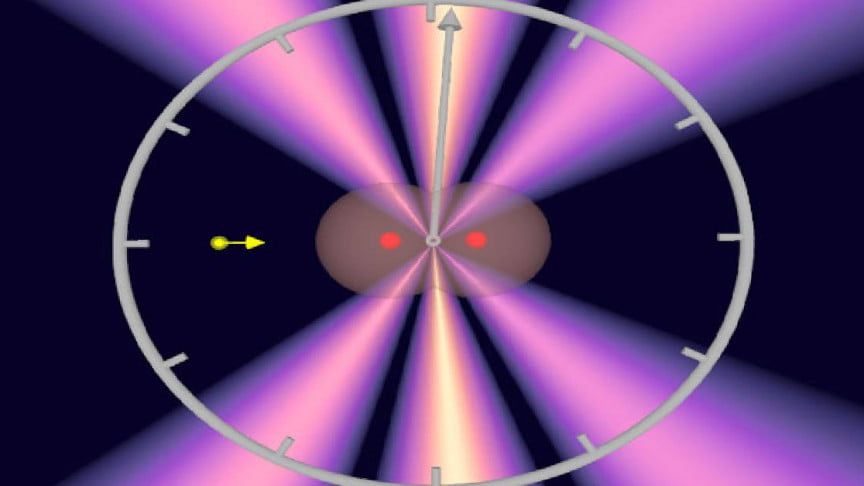The scientists have managed to measure the shortest unit of time ever recorded: 247 zeptoseconds for a photon to cross the hydrogen molecule. A new record has been broken. A group of researchers has managed to measure the shortest unit of time ever recorded: 247 zeptoseconds, which equals 0,000,000,000,000,000,247 seconds.
- Scientists have confirmed the effects of 5G on health, but don’t worry
- YouTube will delete misinforming COVID-19 vaccine videos
- Elon Musk will present expected Neuralink chip this Friday
The record has managed to beat the previous one which was registered at 850 zeptoseconds. This record was registered in 2016 and since then researchers have been working on improving measurement instruments to achieve greater accuracy. In other words, the measurement tools are about three times more accurate now.
It takes 247 zeptoseconds for a photon to cross the hydrogen molecule
Such exaggeratedly small measurements are not used in real life, but they are useful in the field of chemistry and physics. Here in fact what is most used to measure the time it takes for molecules to form and break down is the femtosecond, which is two units above zeptoseconds. But if we want to measure how long it takes light to travel through a molecule, we have to go to the smallest unit that we can register at the moment: 247 zeptoseconds.
In a particle accelerator in Hamburg, a group of researchers has managed to measure this extremely short period of time. For this purpose, researchers from Goethe University irradiated hydrogen (H2) molecule with X-rays. The idea was to shoot a photon onto the molecule to expel its two atoms and measure the reaction. And it worked.

When the photon reached the first atom, it generated a wave and later the same thing happened with the second atom. The researchers were able to measure when the two waves collided to cancel each other out. With this and knowing the spatial position that the molecule had in relation to the light, they could determine the time that took the photon to cross the molecule: 247 zeptoseconds. Approximately, because it always depends on how separated are the two atoms in the molecule and the perspective of the light when it arrives.
Simplifying it a lot, the researchers were able to calculate how long it takes light to cross a hydrogen molecule. Being one of the simplest molecules, it is also one of the smallest, thus one of the shortest distances with a beginning and an end that light can travel. Light is the fastest thing in the Universe.
Perhaps in the future, we will be able to measure the time it takes to cross a single atom or even quarks (and beyond) of a proton. In that case, we will probably have to resort to the yoctosecond already. For now it takes 247 seconds for a photon to cross the hydrogen molecule.





